Best Practice - Stretched Fabric is NOT ‘acoustic treatment'
Last week I read some write-ups on private cinemas that had been built by integration companies. In all of these, when asked about acoustics they all used the same phrase - Stretched Fabric. This is very strange because the purpose of stretched fabric in a private cinema is generally to have as little effect on acoustics as possible! Stretched fabric is there to conceal what is underneath it, and to allow sound at all frequencies to pass unimpeded so that the hidden loudspeakers, absorption and diffusion can work optimally. To simply say that the acoustics has been done by ‘Stretched Fabric’ generally implies to me that little to no acoustic engineering has been done. Some of these write-ups then go on to say that underneath the stretched fabric there are some ‘Acoustic Panels’. As in my previous article ‘What exactly does acoustic treatment mean?’, I have absolutely no idea what an ‘Acoustic Panel’ is? It could be an absorber. If so, at what frequencies is it effective at and to what overall performance objective is it being used for? It could be a diffuser. It could be a panel that has a speaker behind it. The phrase ‘Acoustic Panel’ in itself has no meaning.
The acoustics of a room is arguably the single most important factor in delivering great sound. Great acoustics allows great loudspeakers to perform to their best. So, here’s the paradox - When you buy a speaker, you buy something that has had a huge amount of R&D from a manufacturer who has spent maybe decades refining their craft. You’ll talk about materials technology, DSP crossovers, cabinet resonance, directivity, off-axis frequency response and many other factors that come together to deliver the perfect speaker for the application. A speaker is highly engineered product. Then, most of the time, I see these amazing speakers being used in rooms that have some ‘acoustic panels’ on the walls. Highly engineered speaker in a barely engineered acoustic environment = very unpredictable end result.
The way a room is constructed should be considered a highly engineered product in itself. Speaker manufacturers all have their secret sauce. Their overall philosophy. Their favourite materials. These all flow from product line to product line but the basics remain the same. The same is true for acousticians and engineering focussed private cinema designers. The rooms may look completely different, but they are underpinned with a philosophy that has been refined over many years to bring predictably excellent in room results.
Here at HTE, regardless of what a room looks like, we build them all basically the same. Our (not so…) secret sauce is that we don’t separate acoustics from interior design, but have a construction method where what you see in the room as a beautifully crafted interior is also the acoustic product. We also mount that beautiful visible interior away from the room’s wall. This effectively turns every wall into a broadband bass trap meaning our rooms deliver the best bass you’ve ever heard. This also minimises the effect of the room’s walls structural construction as the sound first ‘sees’ our interior walls. All our rooms are built this way meaning that our rooms regardless of interior design all sound remarkably similar. This is the beauty of a refined, consistent, engineering focussed approach - Something that stretching fabric over a few ‘acoustic panels’ will NEVER deliver.
HTE’s Acoustic Interior Design™ approach is fundamentally different to the approach of most others and delivers predictably superb acoustic results regardless of the interior design scheme.
If a stretched fabric method of room fit out is a requirement, HTE can still implement its unique approach behind the stretched fabric, so long as this fabric is genuinely acoustically transparent. We call this product NUDO™ as it is ‘nude’ and is simply spray painted black to then be concealed.
Stretched fabric is easy, relatively inexpensive and can look good. This, however, isn’t acoustics. With stretched fabric, the acoustics are defined by what’s behind it. Some 50mm thick ‘acoustic panels’ at the first lateral reflection points of the LCR speakers (for some other acoustics myths, see HERE ) just isn’t going to cut it, i’m afraid…


